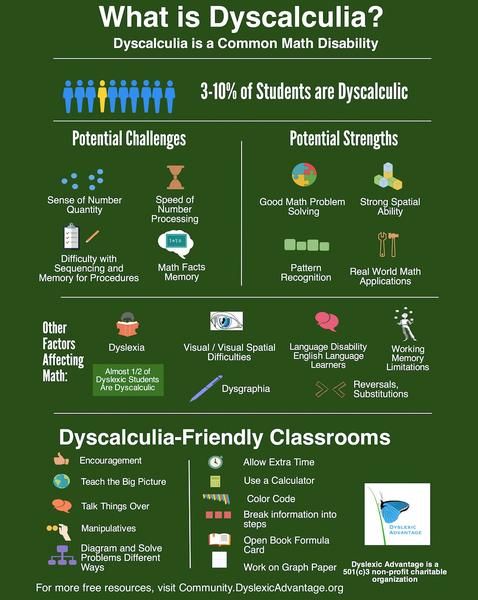Below Are The Welding Tips For Rookie Welders

Article writer-Adler Randall
Whether you're a novice or an experienced pro, there are a variety of welding suggestions that can help you out. These ideas consist of beginning the arc properly, regulating the weld pool, and preventing undercuts.
Beginning the arc effectively
Obtaining the arc started effectively is a crucial part of welding. The arc plays a straight function in the amount of warmth that goes into a component. The appropriate arc length is crucial in staying clear of spatter and creating a high quality weld.
Beginning the arc correctly needs a mix of gas and also flux protecting. Throughout the welding process, the arc is located about the work piece. If the arc is too long, the warm is diverted from the part and spatter is produced. If pop over here is too short, the warmth is drawn away to the weld and a grainy framework is produced.
The length of the arc need to be in between one eighth of an inch as well as one and a fifty percent inches from the job surface area. The proper arc length depends on the pole type as well as the electrode product.
When welding up and down, the arc ought to move over the center of the joint gradually. This motion is controlled by the welder.
Control the weld puddle
Keeping the weld puddle managed is a vital part of welding. This is essential for safety reasons. You should have the ability to see the front and leading side of the weld pool. You need to have the ability to observe the form of the puddle, its color, and how much weld is building up.
The most effective method to control the weld pool is to look past the arc. This suggests you must look past the pole. The arc must be routed at a 20-20 angle. This angle is very important for a pool, due to the fact that it counteracts the puddle's need to sag.
The size of the liquified steel puddle is based upon the dimension of the pole and also the density of the steel. It should be around a 6mm diameter. The size will differ depending upon the tip of the lantern and also the product utilized.
The optimal weld pool has a minor skim of pollutants externally. It should not be bubbling, triggering, or be as well bright.
Remove the hydrogen hazard
Whether you're welding a steel pipe, a tubular cord, or a metal-cored cord, you require to be able to remove the hydrogen hazard when welding. It is very important to recognize the factors that can enhance the risk of hydrogen embrittlement, also referred to as hydrogen-related splitting, since hydrogen is a typical source of high quality issues and performance losses in welding.
Hydrogen embrittlement can occur in high-strength steels, including those with a minimal HRC 38 firmness. https://squareblogs.net/kurtis80keitha/this-post-explain-the-various-kinds-of-welding-training 's likewise typical in heat-treated bolts such as structural screws, rivets, and also clips.
Hydrogen embrittlement can happen throughout welding and also may be triggered by wetness in the welding environment. It can additionally lead to stress and anxiety in the weld metal microstructure, which can bring about hydrogen-induced breaking.
Hydrogen embrittlement is brought on by a complex interaction between three elements: hydrogen web content, the size of the welding arc, as well as the recurring tensions in the metal. While hydrogen embrittlement may happen weeks after welding, the impacts of hydrogen-related breaking are commonly prompt.
Prevent undercut
Throughout welding, an undercut is a surface area flaw that looks like a groove along the root of the weld grain. This groove includes base metal that has been combined with the weld. An undercut is a weak point in the weld that can cause structural failing.
A weld that is constructed from excessive warmth as well as too much product can result in an undercut. https://squareblogs.net/mozella7adelina/exactly-how-to-obtain-the-right-welding-training can be brought on by utilizing the wrong gas, too expensive a cable feed price, and wrong welding position.
Undercuts can be fixed if they are not too deep. The American Welding Culture has criteria on just how much undercut ought to be present in a weld. They mention that damages must not exceed one-third of an inch. One of the most common reason for an undercut is a not enough root opening.
The American Welding Culture instructs welders to pre-heat, prep, and also load the weld location. It additionally advises that welders hold the electrode no greater than one-eighth of an inch off the base product.

